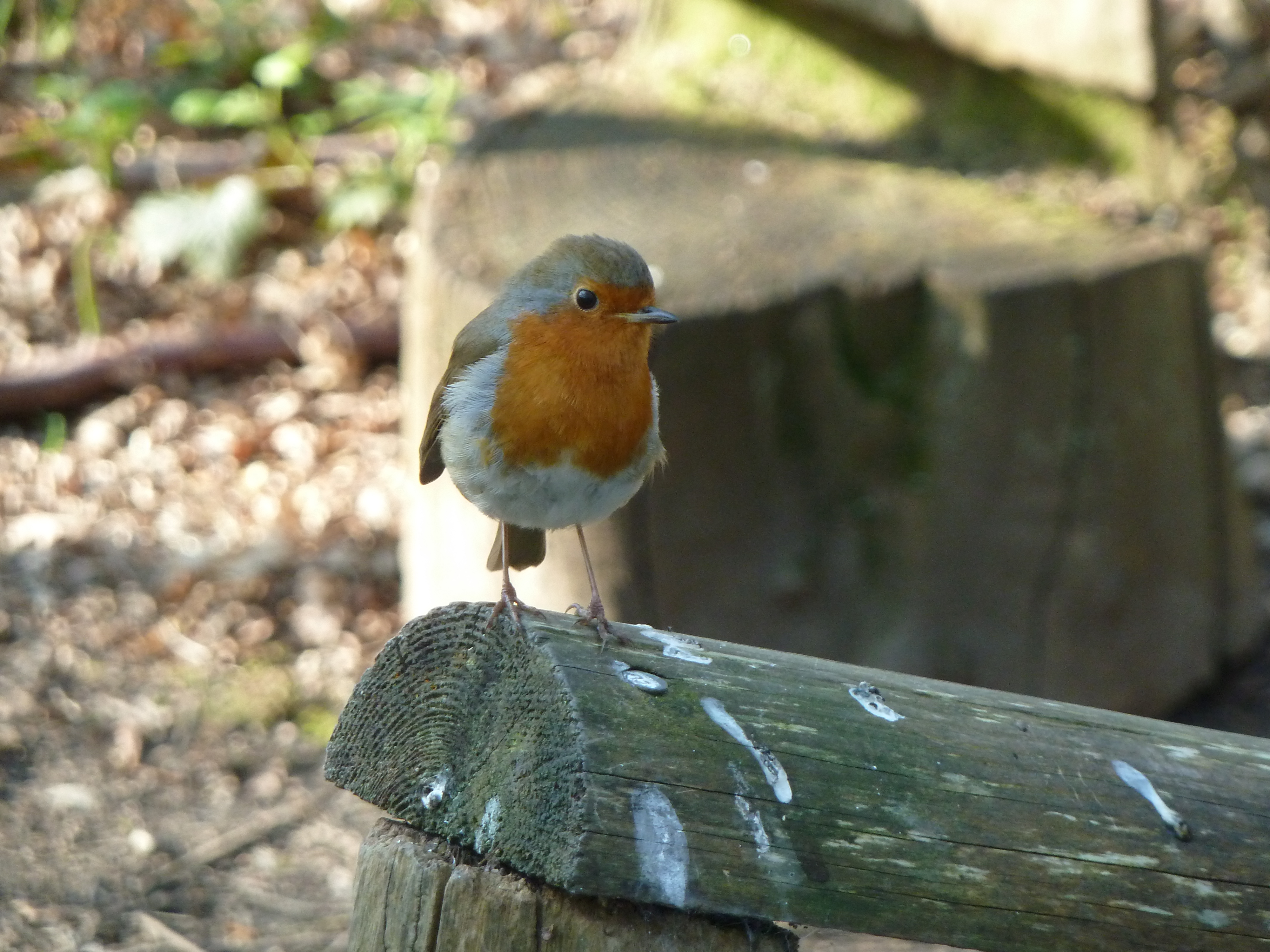Robins
October 31, 2015
The robin is a bird loved by all and no wonder why it was crowned Britain's National Bird. It has an unmistakable red breast along with a delightful song and a friendly manner.
Key facts
Latin name - Erithacus rubecula
It is a resident
Diet - Seeds, worms, insects, fruit
UK population - 6.7 million territories

Breeding
Robins sing all year round to protect their territories. The territories usually have a size 5500m². The breeding season for robins starts in March and they make a cup-shaped nest in vegetation (or an open-fronted nest box). Normally the clutch would have 4 - 6 eggs, with one egg being laid each day. The female incubates the eggs for 13 days after the last egg is laid so all of the young hatch at relatively the same time (known as synchronous hatching). The chicks are altricial, meaning that they are born naked, blind and helpless. The chicks develop quickly and leave the nest after 14 days after 14 days, unable to fly. The parents care for the young for another 21 days after fledging and they would usually have a 2nd brood.
Conservation
Under the Wildlife and Countryside Act 1981, robins are protected from being killed and their nests being destroyed. Robins are on rise having increased by 45% since 1970. There are many threats such as severe winters and pet cats. But to counteract this, there is high productivity and the help of bird food in gardens (a favourite being mealworms).
Key facts
Latin name - Erithacus rubecula
It is a resident
Diet - Seeds, worms, insects, fruit
UK population - 6.7 million territories

Breeding
Robins sing all year round to protect their territories. The territories usually have a size 5500m². The breeding season for robins starts in March and they make a cup-shaped nest in vegetation (or an open-fronted nest box). Normally the clutch would have 4 - 6 eggs, with one egg being laid each day. The female incubates the eggs for 13 days after the last egg is laid so all of the young hatch at relatively the same time (known as synchronous hatching). The chicks are altricial, meaning that they are born naked, blind and helpless. The chicks develop quickly and leave the nest after 14 days after 14 days, unable to fly. The parents care for the young for another 21 days after fledging and they would usually have a 2nd brood.
Conservation
Under the Wildlife and Countryside Act 1981, robins are protected from being killed and their nests being destroyed. Robins are on rise having increased by 45% since 1970. There are many threats such as severe winters and pet cats. But to counteract this, there is high productivity and the help of bird food in gardens (a favourite being mealworms).
Posted by Thomas Mark Banks. Posted In : Bird Species
